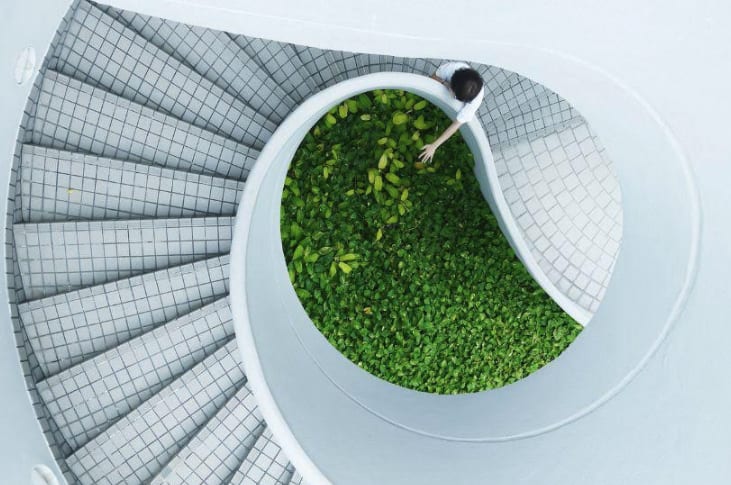Three green building trends propelling the construction industry
As awareness around environmental sustainability and outcomes grows, the Australian construction industry is increasingly transitioning towards adopting more sustainable construction methods and green building practices.
The need to create modern structures that harmonise with the environment, while also saving costs and inefficiencies, reducing waste, minimising energy consumption, and enhancing human wellbeing is driving this change.
Bart Crowther, Regional Lead for Australia and New Zealand, PlanRadar, says green buildings present an alternative to traditional construction methods that, by design, helps reduce the negative environmental impacts of construction and building operation.
"The construction industry has significant influence on the environment, and pivoting towards more sustainable development, including prioritising net zero construction, is crucial to protecting our resources," Crowther said.
Net zero construction is a term applied to buildings and construction projects that have no net release of greenhouse gases during their lifecycle. Sustainable construction practices—such as using sustainable materials and prioritising energy efficiency and renewable energy sources—allow building projects reduce their ongoing construction and operational costs. Primarily, this creates more efficient buildings that incur lower energy and utility bills due to reduced water consumption and waste generation.
Importantly, net zero construction delivers buildings with reduced environmental impacts, substantial cost savings, improved indoor environments for occupants, and wider social and community benefits. Their growth is a testament to their viability and the expanding consciousness of their significance.
While net zero buildings and sustainable construction are not a new concept, there are three notable trends that are driving increased interest and adoption:
Sustainable materials
Renewable or recycled resources, such as bamboo, wool, or cork, are replacing traditional building materials, reducing environmental impact and fostering long-term sustainability. These materials offer durability, require less maintenance, and have a smaller environmental footprint, making them a smart and sustainable choice. They also contribute to improved indoor air quality by reducing harmful chemicals, creating a healthier living and working environment.
Green roofs
Partially or entirely covering a roof with vegetation creates a green roof, which absorbs rainwater, slows stormwater runoff, improves water and energy efficiency, and extends the lifespan of a roof. Additionally, their ability to cool the air helps to reduce the urban heat island effect (an urban area that experiences warmer temperatures than surrounding areas due to human activities and population density), decreasing energy usage and greenhouse gas emissions. They also provide a haven for birds and other wildlife, enhancing local biodiversity.
Passive design
Passive design uses natural sources like sun and wind to minimise heat gain and loss, making the building more energy efficient. Designs can match a building to its local climate and maintain comfortable indoor temperatures without additional heating or cooling to save energy and reduce costs. This reduces a building's energy consumption and overall environmental impact while also contributing to healthier indoor air quality and a comfortable living or working space.
“The construction industry stands at the forefront of environmental sustainability, embracing new trends to decrease carbon footprints, increase energy efficiency, and make a positive impact on the environment," Crowther added.
"The evolution of green buildings is a testament to the sector's adaptability and commitment to securing a sustainable future for coming generations.
“These innovative trends in green building are influencing traditional construction methodologies and setting the tone for the industry's future. By embracing net-zero buildings, sustainable materials, green roofs, and passive design, the Australian construction industry can move towards a future where structures are not only built to last, but also to positively impact the environment and the communities they serve.”
Joel Robinson
Joel Robinson is the Editor in Chief at Apartments.com.au, where he leads the editorial team and oversees the country’s most comprehensive news coverage dedicated to the off the plan property market. With more than a decade of experience in residential real estate journalism, Joel brings deep insight into Australia’s evolving development landscape.
He holds a degree in Business Management with a major in Journalism from Leeds Beckett University in the UK, and has developed a particular expertise in off the plan apartment space. Joel’s editorial lens spans the full lifecycle of a project—from site acquisition and planning approvals through to new launches, construction completions, and final sell-out—delivering trusted, buyer-focused content that supports informed decision-making across the property journey
